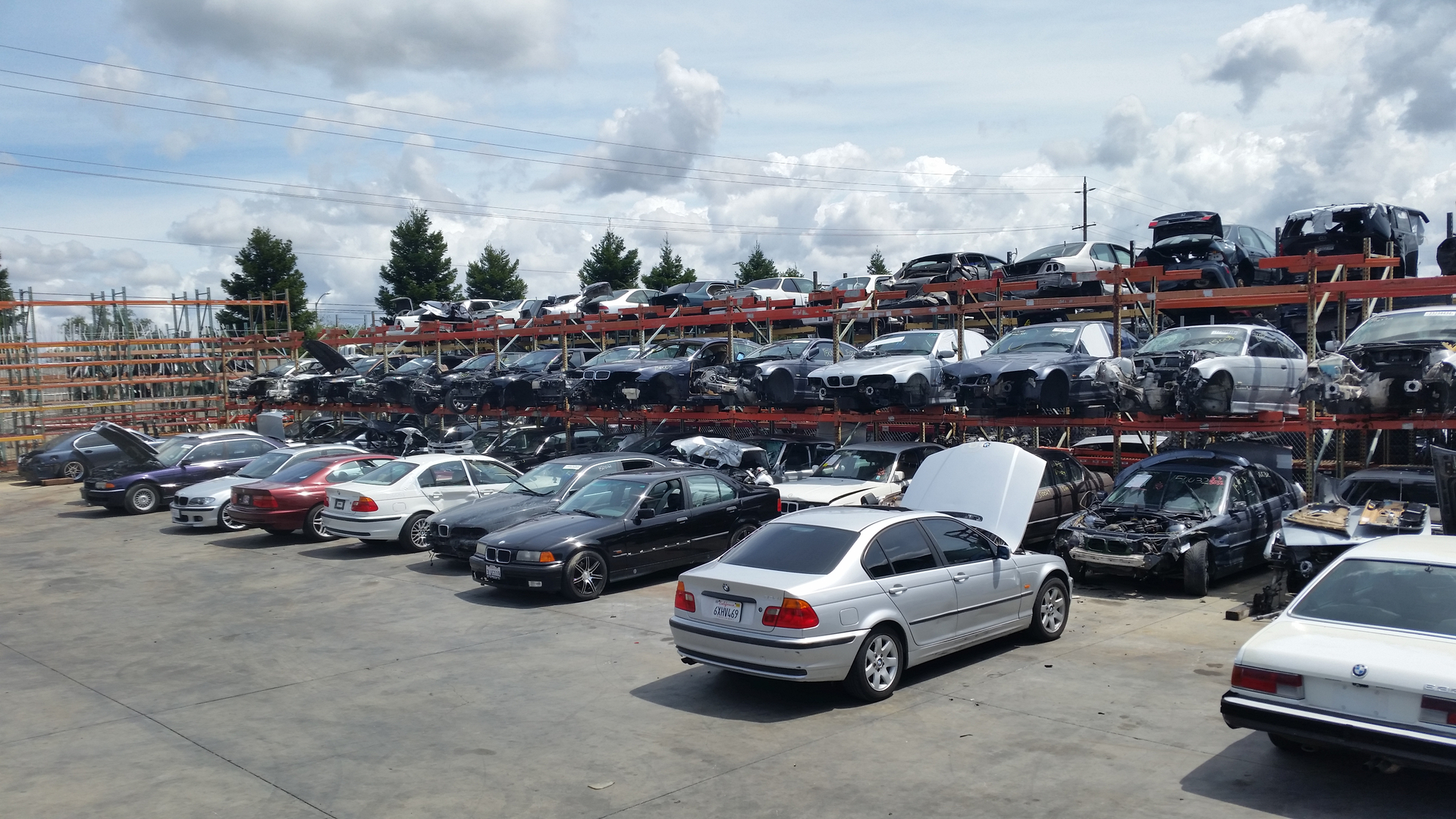What Happens to Airbags and Electronics in Scrap Vehicles?

Strong 8k brings an ultra-HD IPTV experience to your living room and your pocket.
The automotive industry has made significant advancements in vehicle safety and technology, leading to the widespread use of airbags and electronic components. When a vehicle reaches the end of its lifespan and is sent to a scrapyard, the fate of these components becomes an important aspect of the recycling process. Unlike metals and plastics, airbags and electronics require specialised handling to ensure safe disposal or reuse. Understanding what happens to these components in scrap vehicles sheds light on the sustainability and safety practices in the industry.
The Process of Airbag Removal and Disposal
Airbags are among the most critical safety features in modern vehicles, designed to deploy instantly upon impact to protect passengers. However, in a scrap vehicle, an undeployed airbag poses safety risks if not handled properly. Many scrapyards follow strict protocols for airbag removal, ensuring they do not accidentally deploy during dismantling. Some airbags are removed and repurposed, while others are disposed of according to regulatory guidelines. If an airbag is in good condition, it may be resold or used in refurbished vehicles, reducing waste and promoting sustainability.
Recycling and Reusing Airbag Components
Airbags contain various materials, including fabric, inflators, and metal canisters. These materials can often be recycled or reused in different applications. The metal components, such as the casing and inflator, are typically melted down and repurposed in other industries. Some scrapyards extract the fabric for use in insulation or industrial applications. While reusing airbags can be beneficial, regulations may limit their resale due to safety concerns. The proper recycling of these components prevents hazardous materials from entering landfills, supporting environmental sustainability.
Handling of Electronic Components in Scrap Vehicles
Modern vehicles are equipped with complex electronic systems, including control modules, sensors, and infotainment units. When a car is scrapped, these electronic components require careful dismantling to prevent environmental harm. Many scrapyards separate valuable circuit boards and chips, which contain precious metals such as gold, silver, and copper. These materials are then extracted and used in the manufacturing of new electronic devices. This process not only conserves valuable resources but also reduces the need for raw material extraction, minimising environmental impact.
The Role of Auto Wreckers in Electronic Recycling
Auto wreckers play a crucial role in ensuring that electronic components are recycled responsibly. Many scrapyards have dedicated facilities where electronic parts are tested and categorised based on their usability. Functional components may be resold to repair shops or used in the refurbishment of other vehicles. Non-functional parts are sent to specialised recycling facilities where they are processed to recover valuable materials. This approach reduces electronic waste and supports a circular economy by giving old components a new life.
Safety Considerations in the Disposal of Airbags and Electronics
Both airbags and electronic components require careful handling due to potential hazards. Airbags contain explosive materials that can be dangerous if not properly managed. Similarly, electronic parts may contain hazardous substances such as lead and mercury, which need to be disposed of safely. Many countries have strict regulations regarding the handling of these components to prevent environmental contamination. Scrapyards and recycling facilities adhere to these guidelines to ensure that both safety and sustainability are prioritised in the disposal process.
The Impact of Recycling on the Automotive Industry
Recycling airbags and electronic components contributes significantly to the sustainability of the automotive sector. By recovering valuable materials, the industry reduces its reliance on new resources, lowering production costs and environmental impact. The reuse of electronic components also benefits vehicle owners, as refurbished parts provide cost-effective solutions for repairs. As automotive technology continues to evolve, the recycling industry must adapt to new challenges, ensuring that advancements in vehicle safety and electronics do not lead to increased waste.
Conclusion
The disposal and recycling of airbags and electronic components in scrap vehicles are essential aspects of sustainable automotive practices. Proper handling ensures that safety risks are minimised while valuable materials are recovered for reuse. Auto wreckers and recycling facilities play a key role in managing these components responsibly, preventing environmental harm and promoting resource conservation. As the automotive industry advances, efficient recycling methods will remain crucial in reducing waste and supporting a circular economy. Understanding the journey of airbags and electronics in scrap vehicles highlights the importance of responsible disposal and the continued efforts to create a more sustainable future.
Written by: Emily Logue : Senior Automotive Expert at Cash for Unwanted Cars Brisbane.
Address: 4 Duntroon St, Brendale QLD 4500, Australia
Phone: 0405553001
Note: IndiBlogHub features both user-submitted and editorial content. We do not verify third-party contributions. Read our Disclaimer and Privacy Policyfor details.


